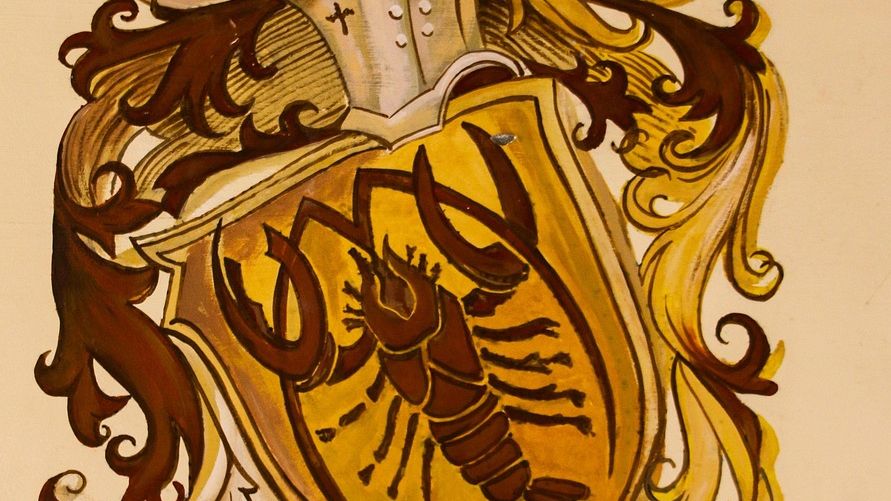A Shocking Revelation in the Woods (Image Credits: Unsplash)
Maryland – Amid the rustling leaves of overgrown woods, echoes of untold stories whisper through the underbrush, revealing a history long buried under layers of denial and neglect.
A Shocking Revelation in the Woods
Imagine stumbling upon a site where history isn’t just recorded in books but etched into the earth itself. That’s what happened when officials uncovered unmarked graves near the old Cheltenham Youth Detention Center. These weren’t random burials; they held the remains of Black boys who died while in state custody, victims of a system designed to punish rather than protect.
Vincent Schiraldi, who served as Maryland’s secretary of juvenile services, led the charge to bring this darkness to light. His work exposed not just the graves but a pattern of abuse stretching back over a century. It’s a stark reminder that juvenile justice in the state has deep ties to segregation and inequality.
Though the discoveries date to earlier investigations, they continue to fuel calls for change in 2025, as communities grapple with how far we’ve really come.
The Birth of a Segregated Nightmare
Back in the late 1800s, Maryland’s approach to wayward youth mirrored the era’s racial divides. Facilities like the House of Reformation in Baltimore separated Black and white children, but not in ways that promoted fairness. Black boys often faced harsher conditions, from forced labor to outright brutality.
This wasn’t accidental. State policies explicitly reinforced white supremacy, treating Black youth as threats rather than children in need. Records show boys as young as 10 sent to these places for minor offenses, enduring whippings and isolation that no child should ever know.
By the mid-20th century, little had changed. Segregated dorms and discriminatory sentencing kept the cycle spinning, ensuring Black kids bore the brunt of the system’s failures.
Tales of Torture and Neglect
Personal accounts from survivors paint a harrowing picture. One former resident described being locked in a dark cell for days without food, a punishment doled out disproportionately to Black inmates. Medical neglect was rampant too, with illnesses going untreated until it was too late.
Death records from the era reveal dozens of boys succumbing to tuberculosis, beatings, or suicide in these facilities. Yet families were rarely notified, and burials happened quietly, without markers or dignity. It’s as if the state wanted to erase their existence entirely.
These stories aren’t relics; they inform today’s debates on reform, showing how past traumas echo in current practices.
Disparities That Persist Today
Fast forward to now, and Maryland still locks up more Black youth than any demographic should face. Black kids make up about 30% of the state’s population but over 70% of those in juvenile facilities. This imbalance stems directly from those racist roots, with policies that funnel minority teens into the system faster.
Efforts like the Juvenile Restoration Act aim to address this by limiting adult trials for young offenders and promoting community alternatives. Still, critics argue the state imprisons kids as adults more than almost anywhere else, except Alabama.
- Black youth are three times more likely to be detained pretrial.
- Schools in predominantly Black areas push kids toward justice involvement through zero-tolerance rules.
- Reform laws have reduced numbers, but racial gaps remain wide.
- Investment in mental health and education could break the cycle.
- Community voices demand transparency in facility operations.
Leaders Stepping Up for Change
Vincent Schiraldi’s tenure wasn’t just about unearthing graves; it was about reshaping the future. He pushed for closing abusive facilities and redirecting funds to supportive programs. His efforts highlighted how the system’s origins in racism continue to harm Black families.
Today, advocates build on that momentum. Groups like the Open Society Foundations call out ongoing discrimination, from biased policing to unequal sentencing. Maryland’s first Black attorney general is even partnering with the public defender to study prison disparities.
Progress feels slow, but each revelation chips away at the old foundations, paving the way for equity.
Pathways to a Fairer Future
Reform isn’t impossible. States like California have slashed youth incarceration by focusing on rehabilitation over punishment. Maryland could follow suit with more funding for family counseling and school-based interventions.
Experts point to data showing that community programs cut recidivism by up to 50%. It’s not just kinder; it’s smarter, saving taxpayer money while healing communities torn by this legacy.
Yet challenges remain, like resistance from those invested in the status quo. True change demands listening to those most affected.
Key Takeaways
- Maryland’s juvenile system was built on segregation, leading to abuse and unmarked graves for Black boys.
- Current disparities show Black youth overrepresented in detention, echoing historical biases.
- Reforms like the Juvenile Restoration Act offer hope, but sustained action is needed for equity.
As Maryland confronts this painful chapter, the real question is whether it’ll honor those lost by building a system that sees every child as worthy of second chances. What steps do you think the state should take next? Share your thoughts in the comments.




